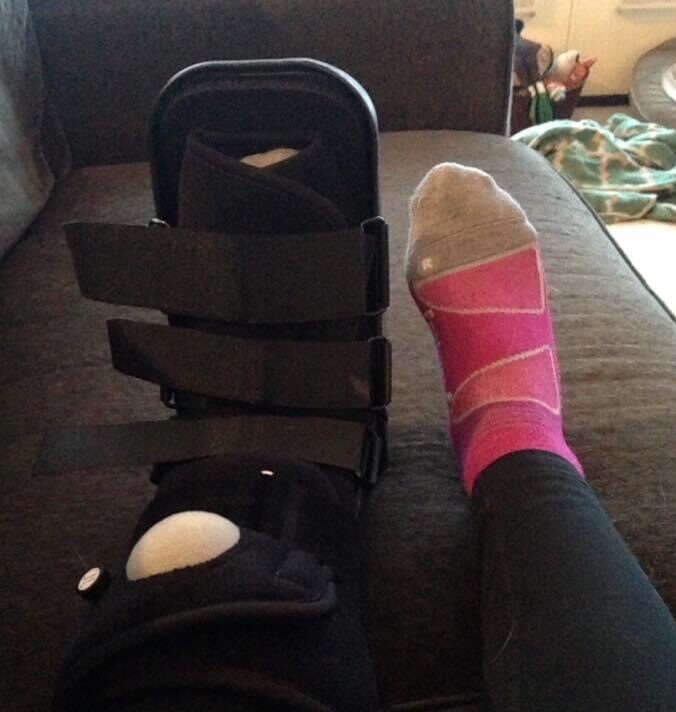The Great Comeback
Coming Back from Illness or Injury
No one is invincible, we all get sick or injured. Life happens. Depending on the extent of illness or injury, you’ll likely be off running for some time. While in recovery, plan the comeback! There’s a lot you can do during this recovery time to maximize your health and come back to running stronger than ever!
Every year, runners find themselves returning to their favorite activity after illness or injury. Whether it’s tendonitis, broken bones, COVID or mono (like I recently had) the body needs adequate time to heal. During this time, it’s critical that runners follow doctor’s orders, including physical therapy when necessary. Always obtain a doctor’s release before starting any exercise activity and abide by any restrictions.
Maximize Recovery with These 5 Tactics:
1. Do the recovery work: There are a lot of emotions that come with missing treasured time on the run. Take time to grieve or feel the feelings that surround the situation, but don’t waste too much time. Focusing on recovery and rebuilding the body will contribute to a speedy comeback. The body needs rest and good nutrition to rebuild. Get enough sleep, stay hydrated and eat nutrient-dense foods. Follow doctor’s orders and restrictions, but if you can move a little, do what you feel like you can do without risking a setback. If it’s just walking around the living room to the couch, do that.
2. Up the Mental Game: While getting much needed rest for healing, read a few running-related books or listen to motivational podcasts. Learn more about the recovery process as well as what it takes to be healthy runner. Get out a journal and start writing down things that inspire you, motivational words and mantras, and potential goals once you are cleared for exercise. A strong mental game will make you a stronger runner.
3. You AREN’T starting at square one: You are starting with experience. Your body knows what it needs to do, you just need to give it time to get there. When the doctor allows exercise to resume, gather your gear and, most importantly, patience, then start walking. Listen to your body and be conservative with initial outings. Walk short distances to start and finish feeling good! After the walk, hydrate, eat nutrient-dense foods and rest. These little outings make a big difference and the body requires rest afterwards as it adapts to new exercise.
4. Run Intervals: When ready, start running with intervals. Start with a traditional warm up, then use short intervals, such as 30 seconds of running to 30 seconds of walking. The run is not a sprint, it’s a jog. The walk should be an easy recovery walk. Intervals are a safe way to build up running muscles and cardiovascular activity without overtaxing the body.
5. Increase intensity slowly: Our love for the run can easily overrun our body’s ability. Pay close attention to your body and listen when it signals fatigue, aches or pains. If you aren’t paying attention, you might find yourself reinjured or experience another setback. Once you are feeling back to normal, you can push the intensity, as long as you also push the recovery. Running and recovery go hand-in-hand.
Taking time off running to heal from illness or injury can be frustrating; however, it can also be beneficial. Use the time to rest, recover, heal and plan an epic comeback! Remember to start where you are with your fitness and be patient. You’ll be a stronger, smarter and more resilient runner in the long run. Contact me if you want assistance with coming back to running after an illness or injury. As a RRCA Level 1 Run Coach and NASM Certified Personal Trainer, I can develop a customized training program that gets you back on your feet and doing what you love – running strong!

